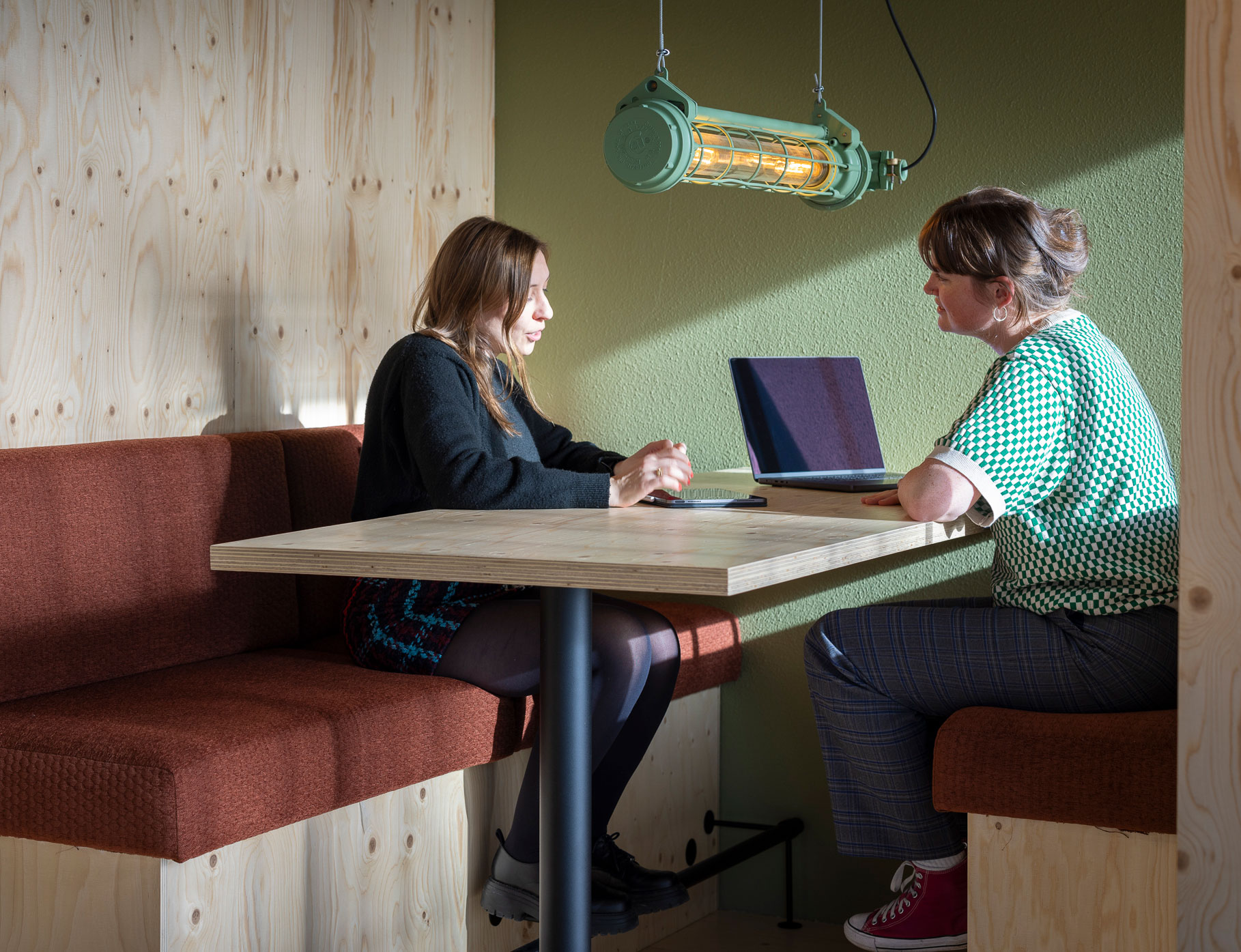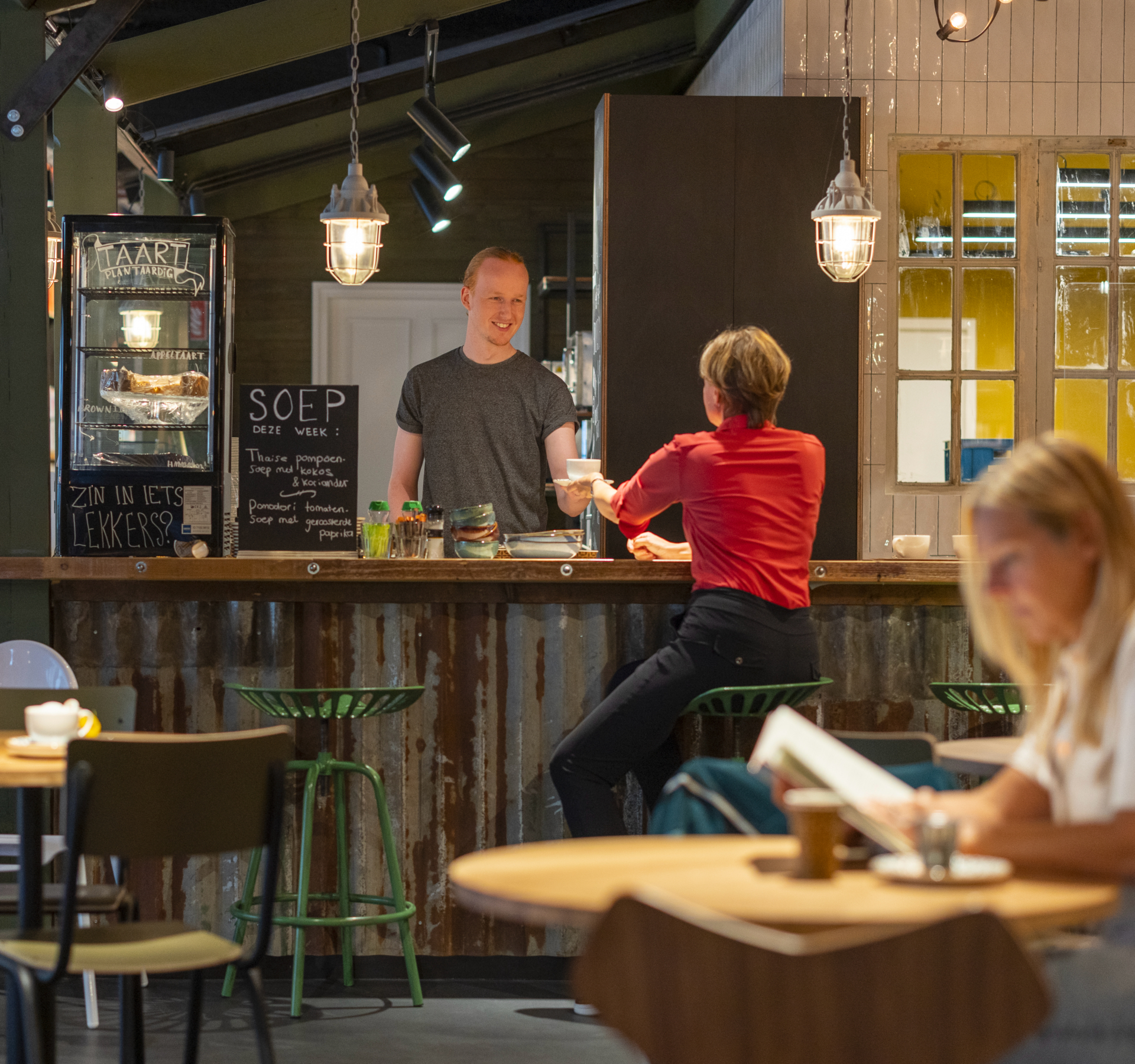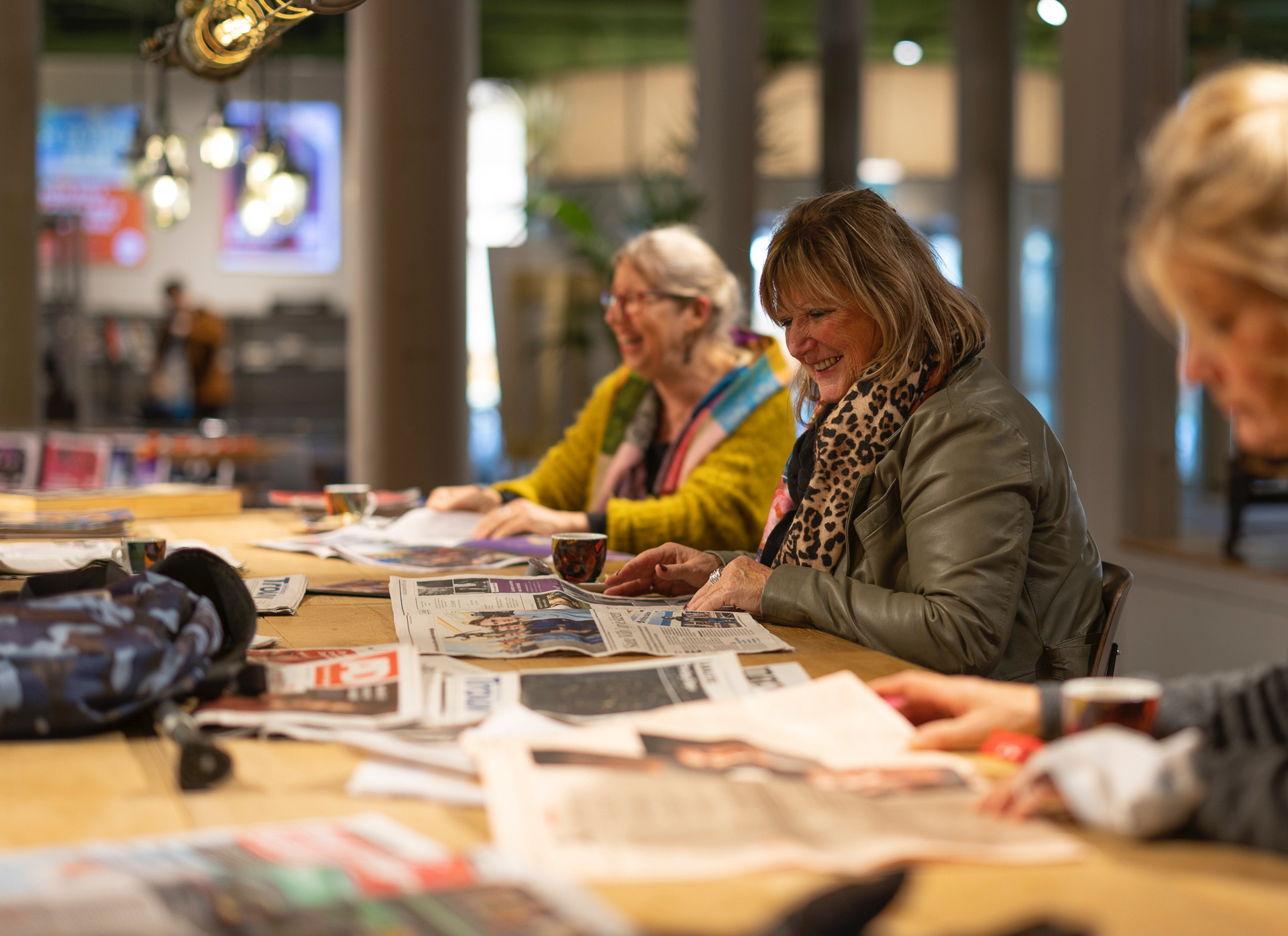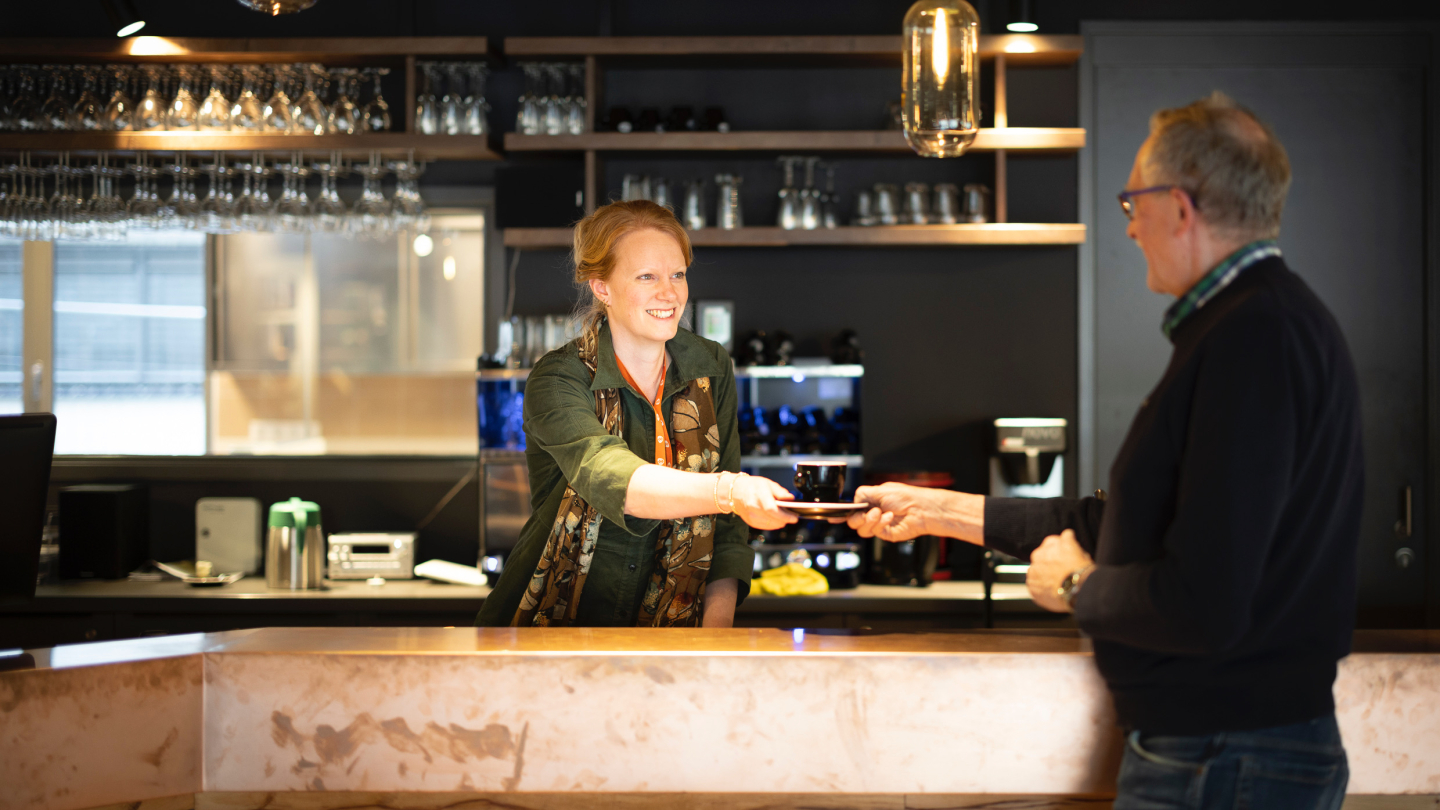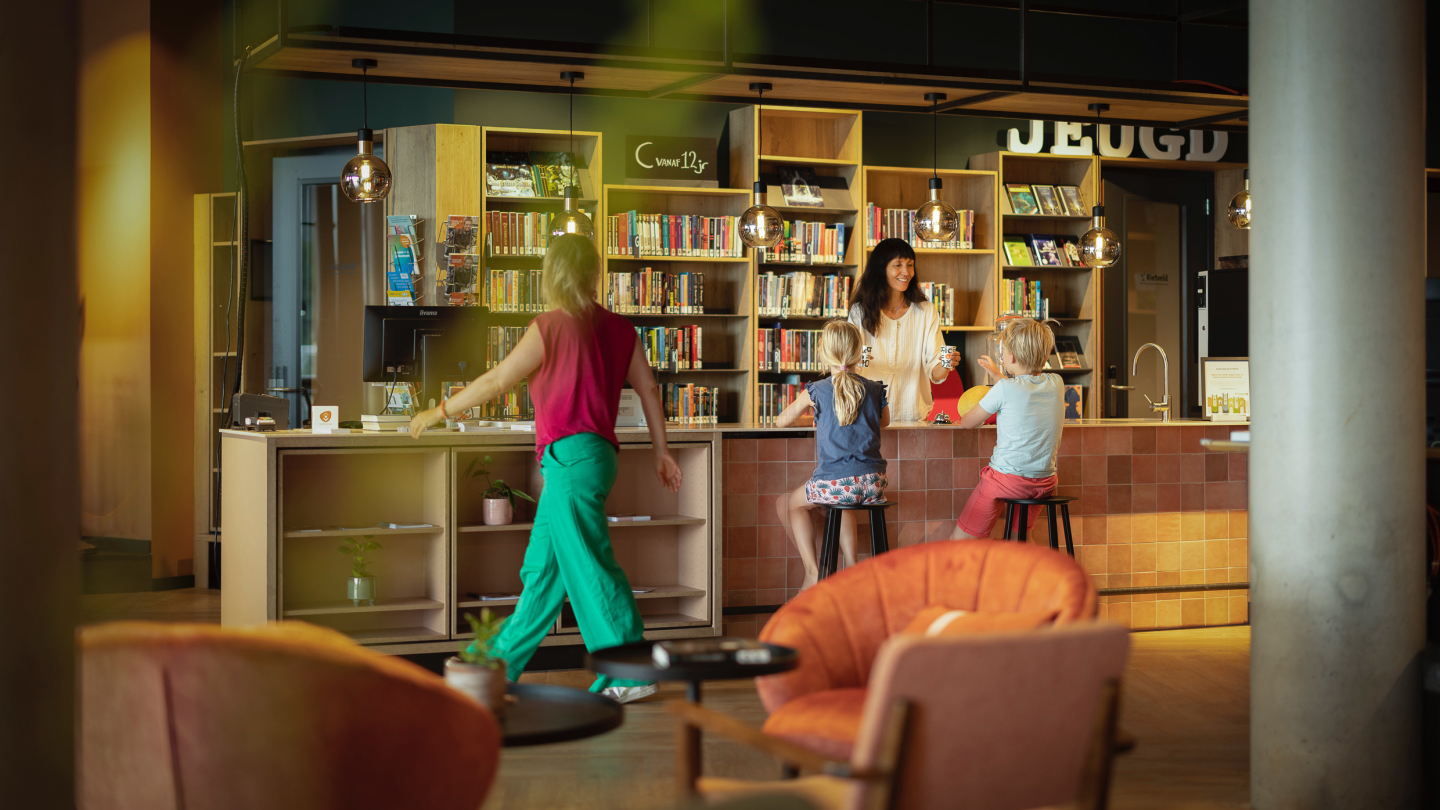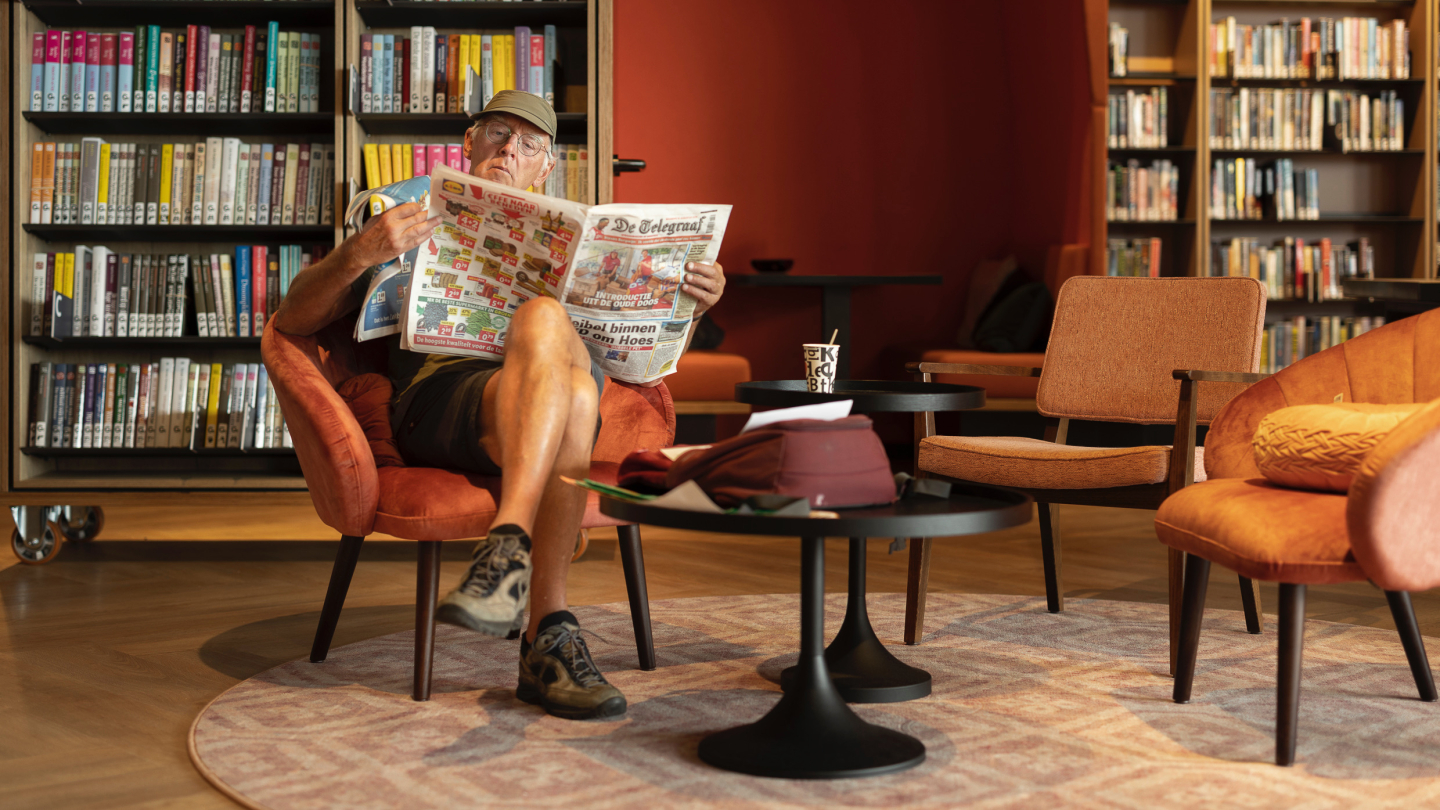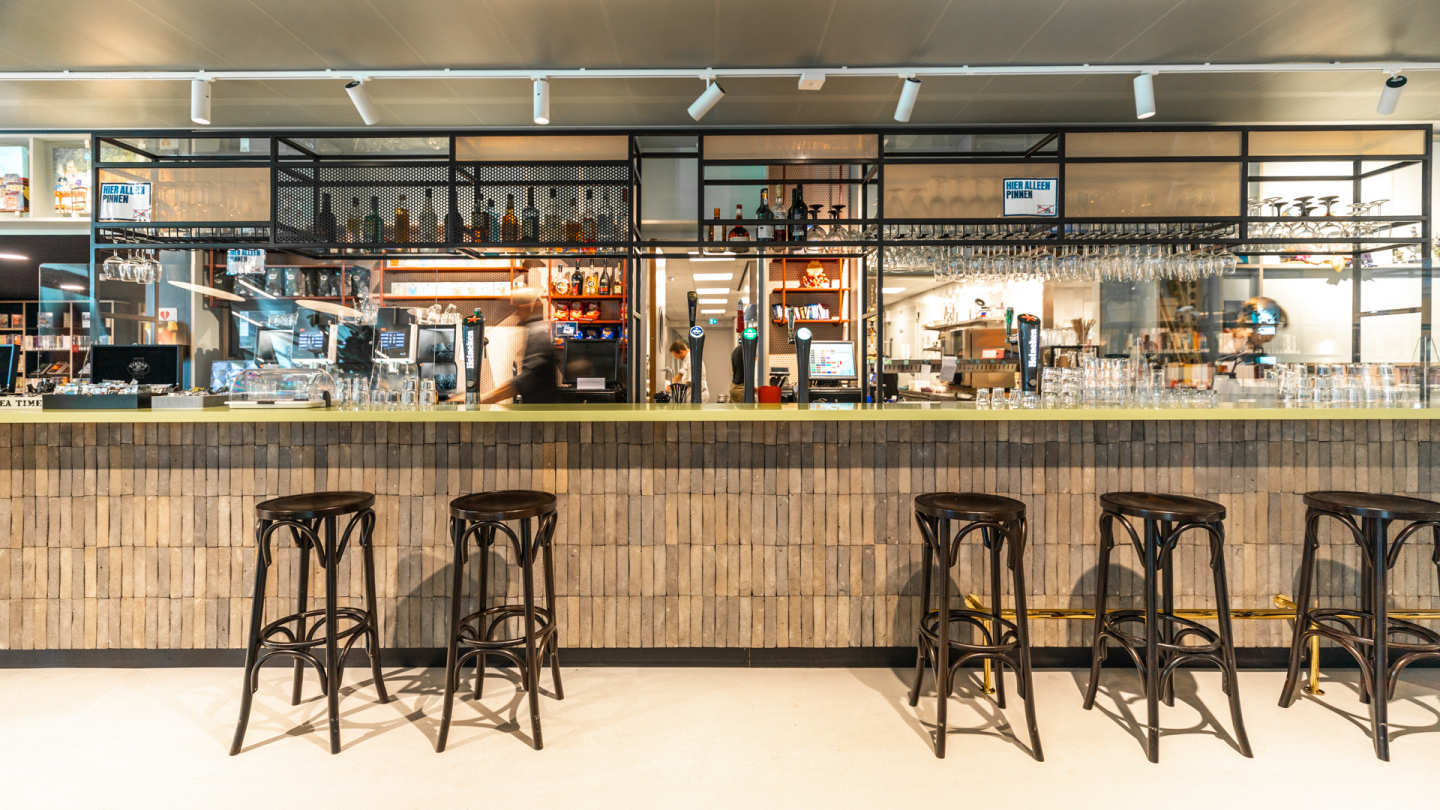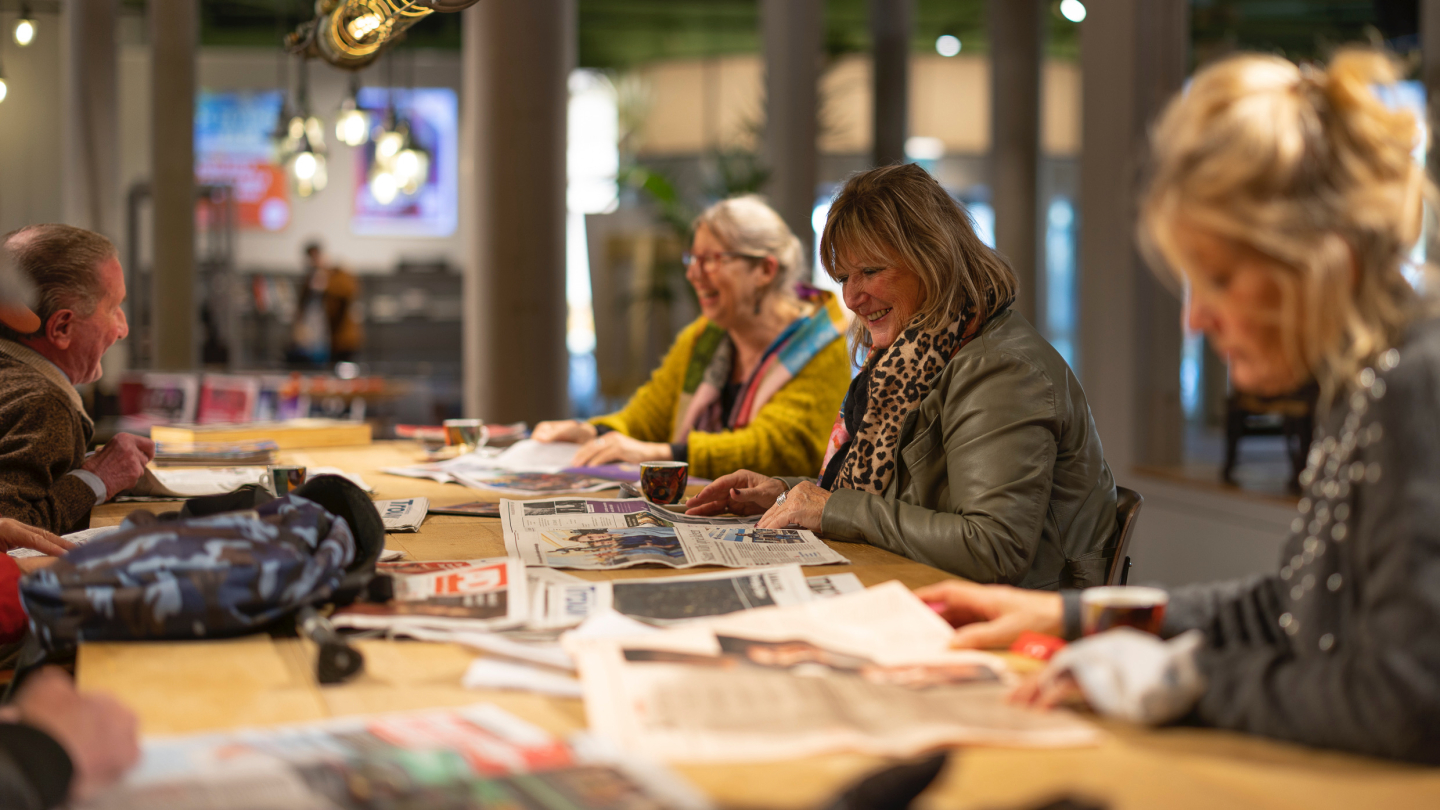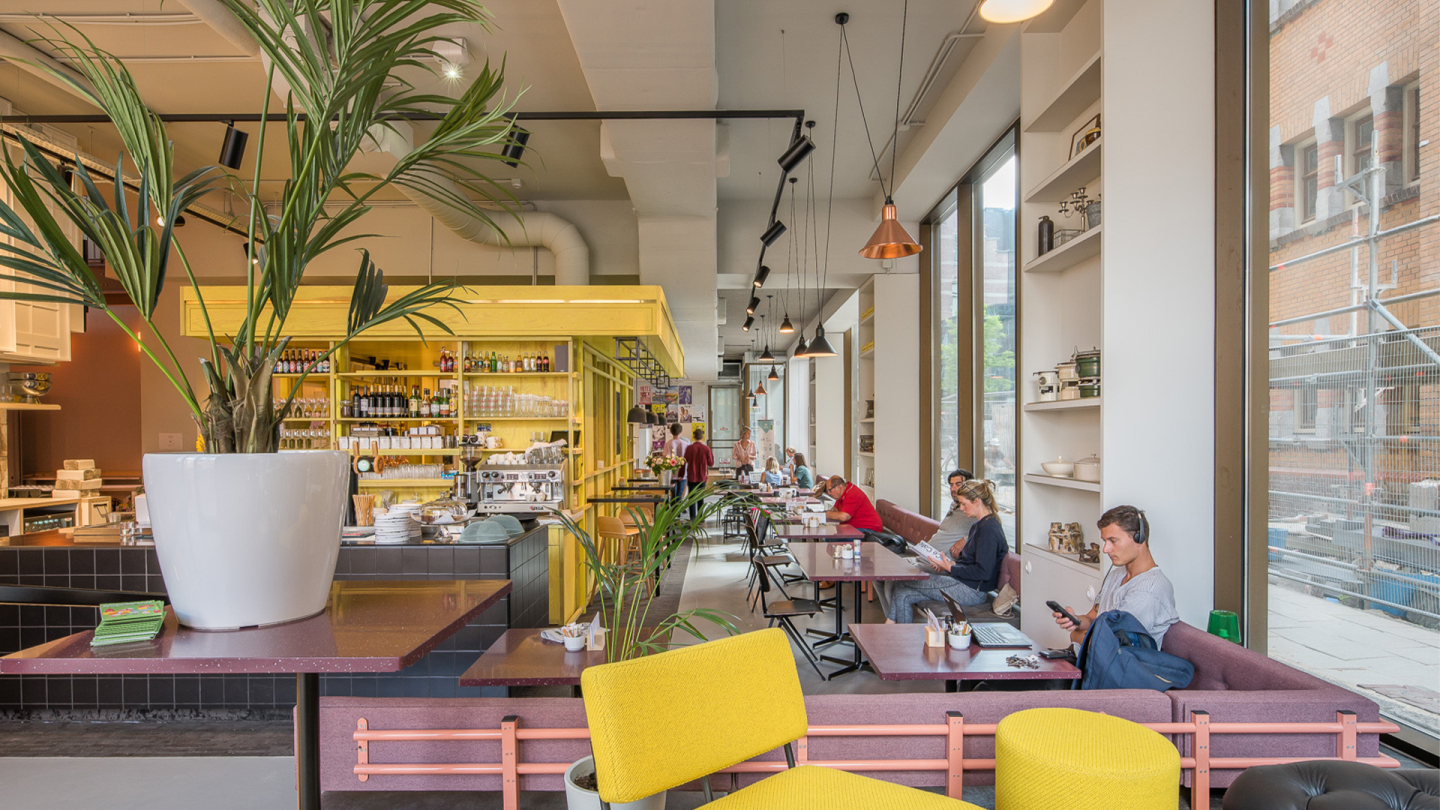A well thought-out interior contributes to a warm and accessible library. A coffee corner plays an important role in this and reinforces the residential function. The design must support the flow of visitors in the library. A well-placed coffee corner does not block the space and makes the library more inviting. Coffee has the power to change the atmosphere: the sound of the machine, the smell of freshly brewed coffee and the interaction between visitors create a lively, informal dynamic that breaks through silence.
The options range from a simple self-service with free coffee and tea at the service counter to an attractive coffee corner with a barista, where visitors can order a latte macchiato and something tasty for a fee. When setting up a coffee corner, it is important to think carefully about the location, appearance and facilities, as well as the staff capacity within the team.
Did you know?
The smell of coffee has a positive effect on visitor numbers. A coffee corner that is well in view invites visitors to stay longer.

A barista in the library?
Do you want your library to really function as a meeting place—and potentially attract new audiences? Then a coffee corner that functions more like a café is an option. You can arrange this yourself with a staffed counter, the sale of coffee and, for example, pastries. However, this requires a considerable (time) investment, possibly including the application for a catering license.
Another possibility is to rent the space to an external party. This can make for a fruitful partnership: it not only provides professional coffee, but can also result in more visitors, better quality coffee and less administrative hassle, as an experienced catering operator runs the processes.
Outsource or do it yourself?
Partnering with a caterer can be a convenient option, but do keep in mind that a commercial catering operator may have other priorities than a library. For example, opening hours may differ from those of the library, and catering contracts may make the library program more expensive. Buying your own cookies at the supermarket before an event is often out of the question.
That changes things! When comparing all these different options, it’s important to keep an overview. Lay out all the pros and cons of your potential partners and define clear terms for contract negotiations. Choose an accessible partner that fits well with the library’s social role.
Tips for the right coffee corner in the right place
A coffee corner should be inviting, but not overpowering. Therefore, consider:
- Clear zones: Use floor lines or signing to delineate the coffee area.
- Acoustics: Avoid noise pollution from talking visitors and buzzing appliances. Place the coffee corner strategically, such as near the entrance or an informal area, so that noise does not spread to quiet work and reading areas. Carpets and possibly partitioning elements, such as a bookcase, have a sound-deadening effect.
- Ease of maintenance: Choose materials that are easy to keep clean. A removable floor covering visually distinguishes the coffee nook and is easy to clean or mop in case of spills.
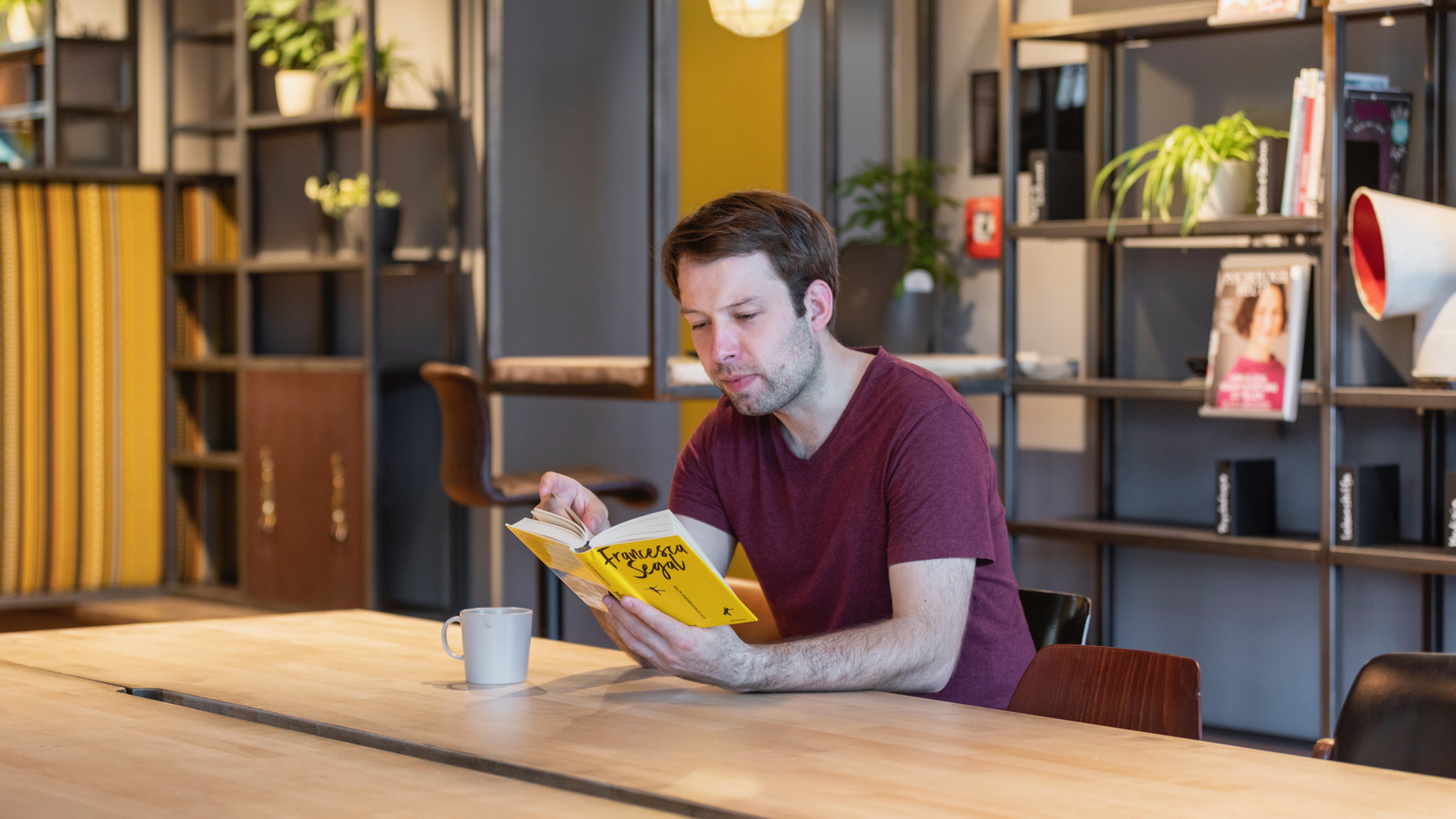
- Sustainability: Fairtrade coffee and sustainable tea, reusable (‘Keep Cup’) cups or (second-hand) mugs make the experience even better. A good dishwashing system and a clear cleanup area are essential.
- Keep it clean: Still going for disposable cups? Then choose cups made of recycled material. Make plenty of trash cans available and ensure they are emptied regularly.
- Seating areas for every type of visitor: Think round tables with wooden bistro chairs, high tables for those having a quick espresso or a counter/bar with stools. For visitors who want to stay longer, upholstered seating provides extra comfort.
- Safety: How far should a person have to walk with a hot cup of coffee? Are kettles placed high enough to be out of reach for children?
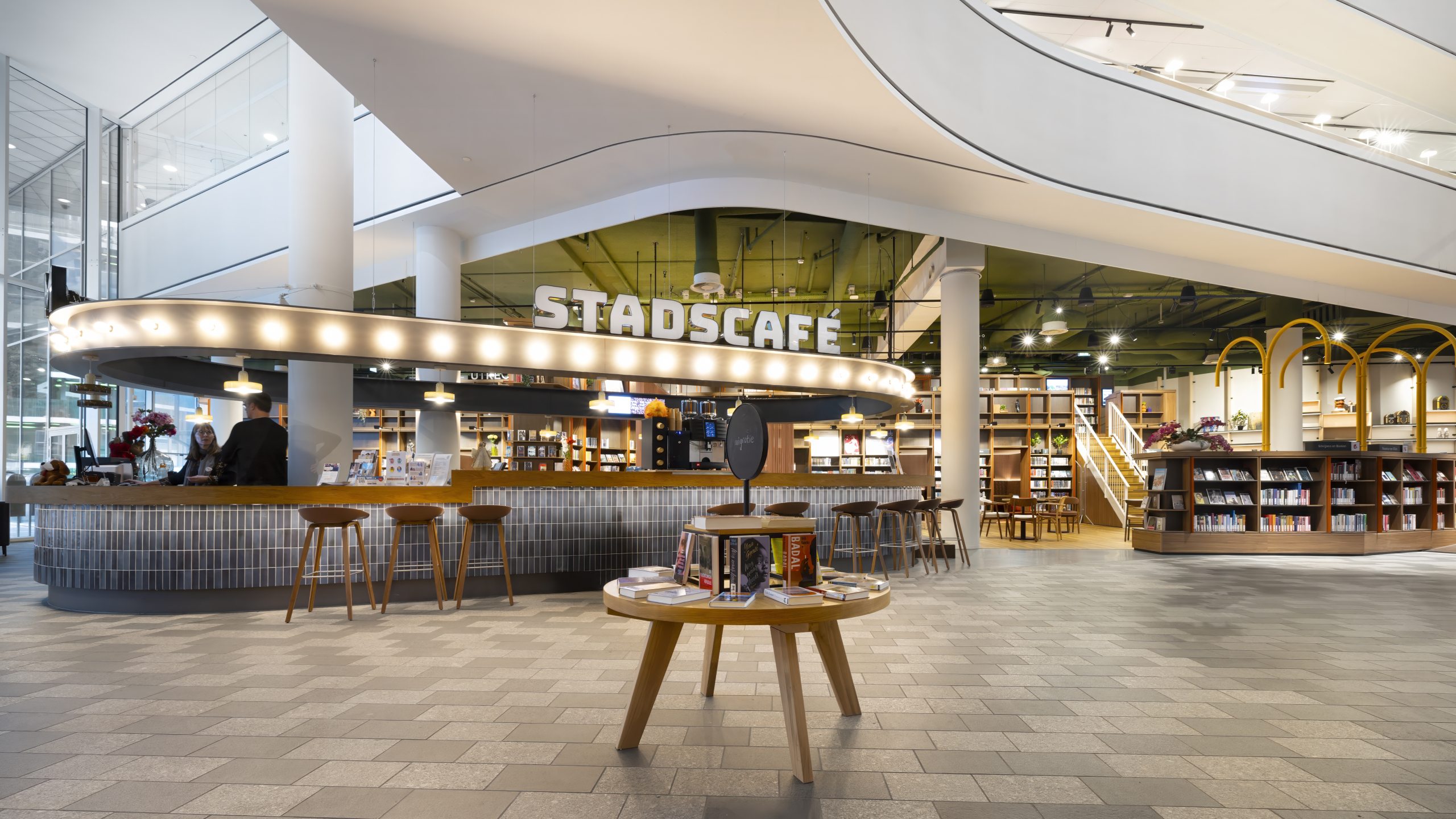
Want to grab a cup of coffee?
That question is instantly inviting. And that’s exactly the effect a well-designed coffee corner can have. Your library becomes a place where people come not only for books, information and knowledge, but also for conviviality, meeting and inspiration.
Whether you choose a simple machine or a full-fledged café, coffee makes your library more lively and welcoming. So, grab a cup and make your library a cozy third place!
Ellie Blower is an Interior Designer at includi
The original article was published in the digital edition of Bibliotheekblad, edition 3, 2025
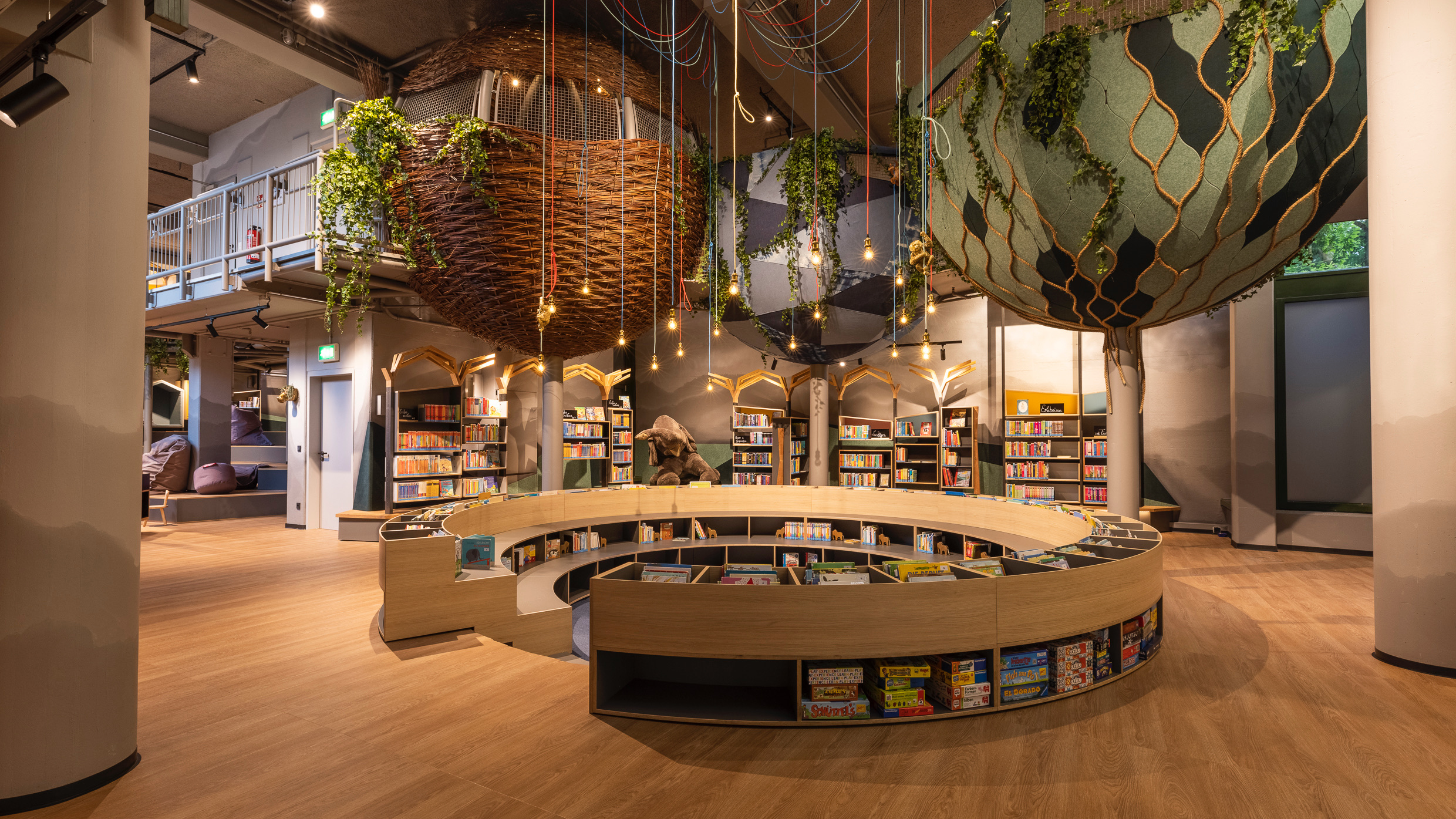
Discover our inclusive places
